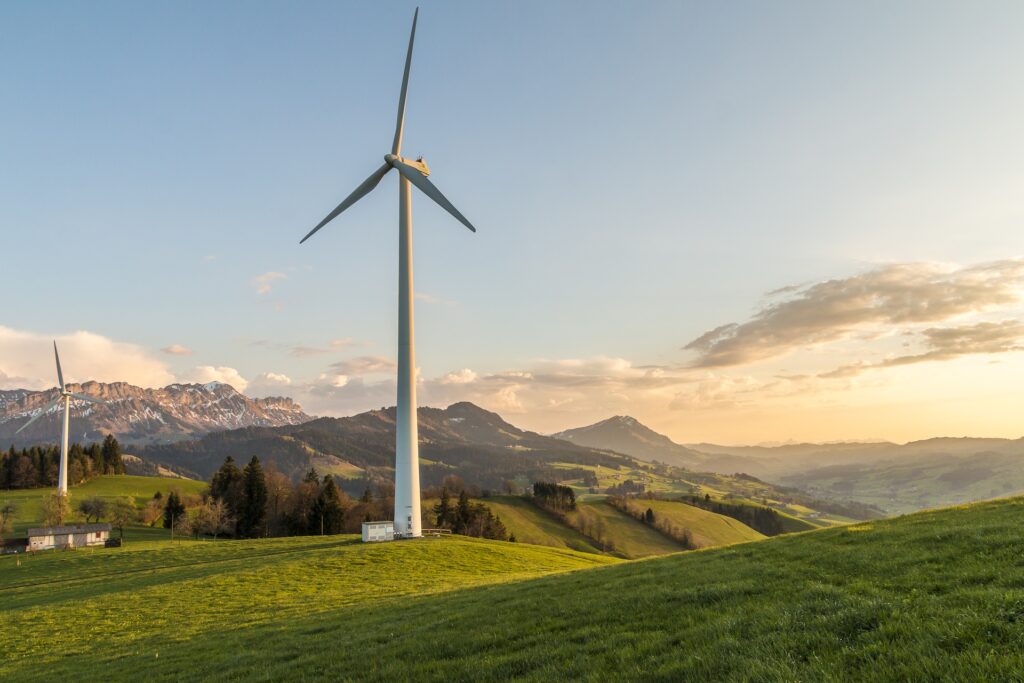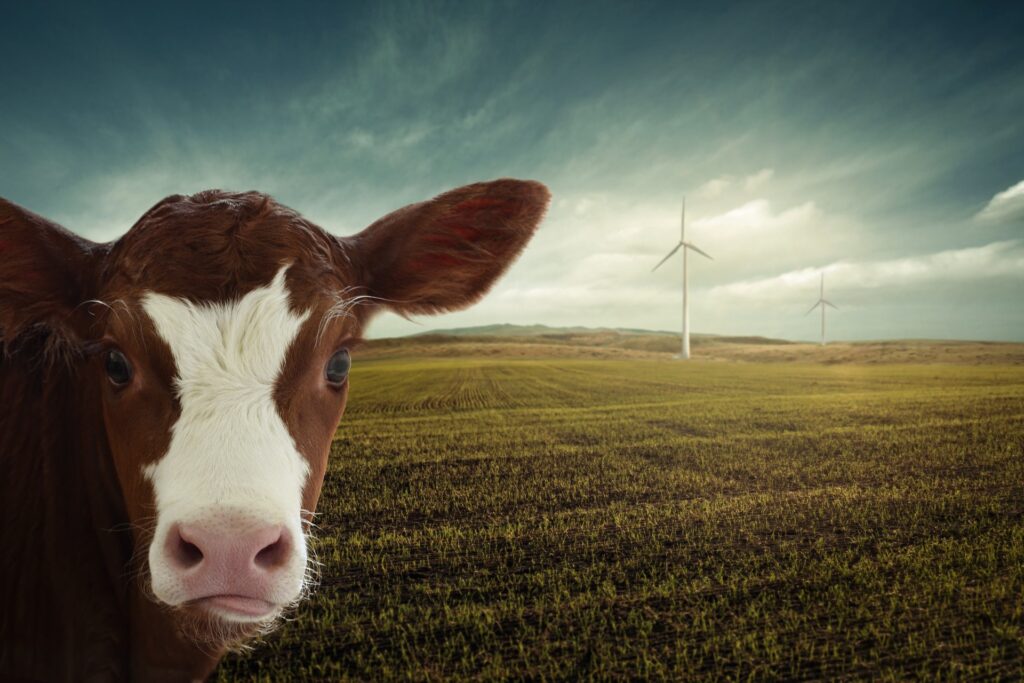The wind energy potential in Switzerland is much higher than previously estimated
In Switzerland, 29.5 terawatt hours (TWh) per year could be generated from wind energy, of which 19 TWh in the winter half of the year alone, according to a new study commissioned by the Swiss Federal Office of Energy (SFOE) from Meteotest AG to determine the wind energy potential in Switzerland. If 30 per cent of this sustainably usable potential were to be exploited, corresponding to around 1,000 wind power plants, 8.9 TWh of wind power could be produced in the country per year or 5.7 TWh in winter.

The last calculation of how much wind energy could be produced in Switzerland dates back to 2012. Since the technology of wind power plants but also the political framework conditions have changed considerably since then, the Swiss Federal Office of Energy commissioned the company Meteotest AG in Bern to carry out a new study on wind power potential.
The study shows that the overall, sustainable potential of wind energy is 29.5 TWh per year, of which 19 TWh in winter. Most of this potential, 17.5 TWh, can be found in the Plateau and the Jura arc, and in the large Alpine valleys a total of over 7.8 TWh could be produced, as well as in the Alpine region over 4.2 TWh per year.
Even a partial development of 30 per cent within the overall wind power potential – equal to about 1,000 wind turbines – could contribute significantly to a more secure electricity supply for Switzerland and a reduction in foreign dependency. This development would allow wind power production of 8.9 TWh per year, of which 5.7 TWh in winter. By way of comparison: the Gösgen nuclear power plant has an annual production of around 8 TWh.
The considerable increase in wind power potential compared to 2012 (estimated at 3.7 TWh per year) is due, on the one hand, to the enormous technical progress in wind power plants: today’s wind power plants are taller and have significantly larger rotors, which explains why their output is far higher than that of older plants. On the other hand, the political framework has changed compared to 10 years ago. With the recognition of national interest for wind farms with a production of more than 20 gigawatthours (GWh) per year, the wind potential of forests (14.8 TWh/year) and IFPs (3 TWh/year) can also be utilised.
Photovoltaic boom in SwitzerlandMethodology
For the study, the sustainable potential was determined in four steps, by means of GIS analyses, on the basis of the technical potential taking into account all building areas, excluding inhabited areas and undeveloped areas:
- exclusion of protected areas according to the federal wind energy concept (swamps and marshlands, waterfowl and migratory bird reserves, biotopes of national importance, core zones of national parks, core zones of the bearded vulture and the capercaillie, UNESCO World Heritage sites, etc.);
- exclusion of all inhabited areas with an additional buffer zone of 300 metres to take noise protection into account;
- exclusion of all districts that, according to the 2019 Wind Atlas, have too low a wind power output. The districts of the Federal Inventory of Landscapes and Natural Monuments of National Importance (BLN) were not excluded, but are subject to higher requirements for wind energy production;
- Restrictions due to secret installations of the DDPS or interference caused by aviation security installations cannot be represented cartographically in an exhaustive manner. To take these restrictions into account, 15 per cent was deducted from the total potential.
Windpotenzial Schweiz 2022 (in german)

Wind energy in brief
Wind power plants use the kinetic energy of air currents to keep the generator blades rotating, which transform this mechanical energy into electrical energy.
Switzerland’s first wind power plant, with an output of 28 kW, was put into operation in 1986 in Soolhof (Langenbruck). In 2020, there were almost 40 large wind power plants in Switzerland with a total production of about 140 gigawatt hours (GWh) of electricity per year. The largest wind farm is located on Mont Croisin in the Bernese Jura near St. Imier, where 16 wind turbines with a total output of 37.2 MW are installed. Other large installations are located in the Rhone Valley (VS), near Entlebuch (LU) and on Gütsch, above Andermatt (UR).
Swiss wind power plants produce two thirds of their electricity during the winter half-year, precisely when they need it most for heating and lighting. Wind energy is therefore an ideal supplement to hydroelectric power stations and photovoltaic plants, which produce most of their electricity in the summer.
Source: bfe.admin.ch





